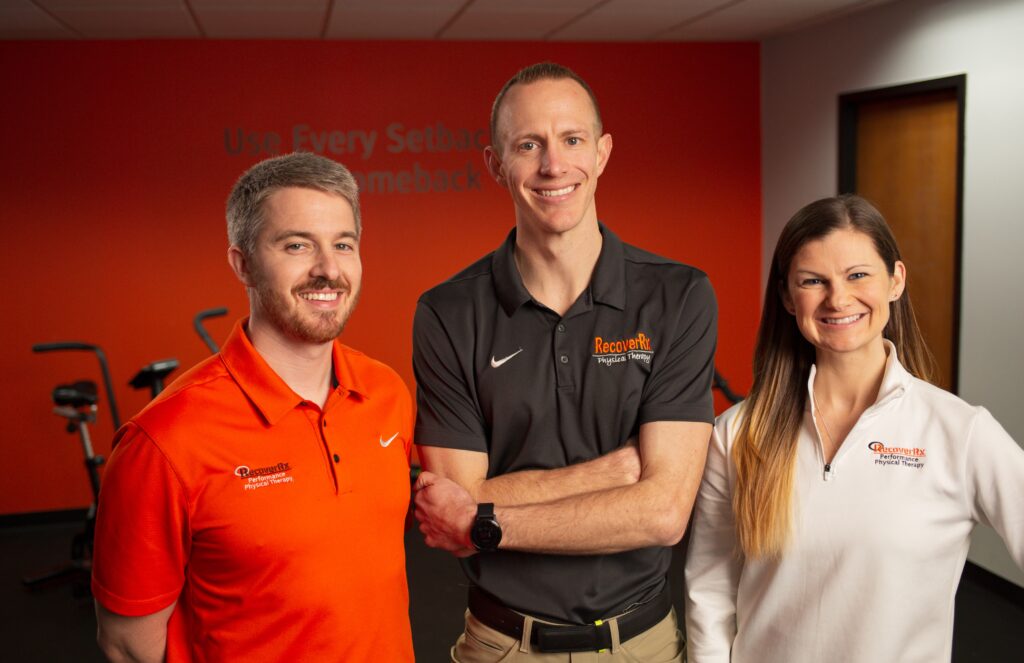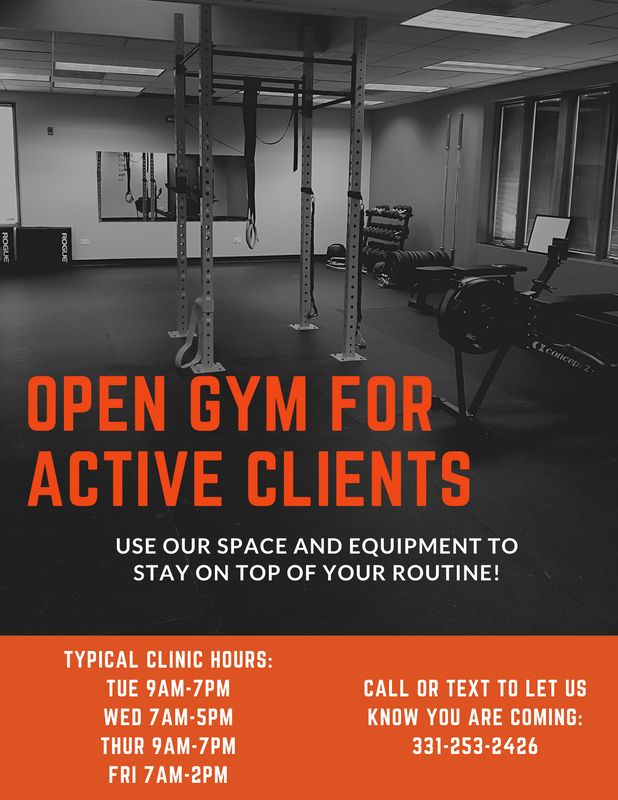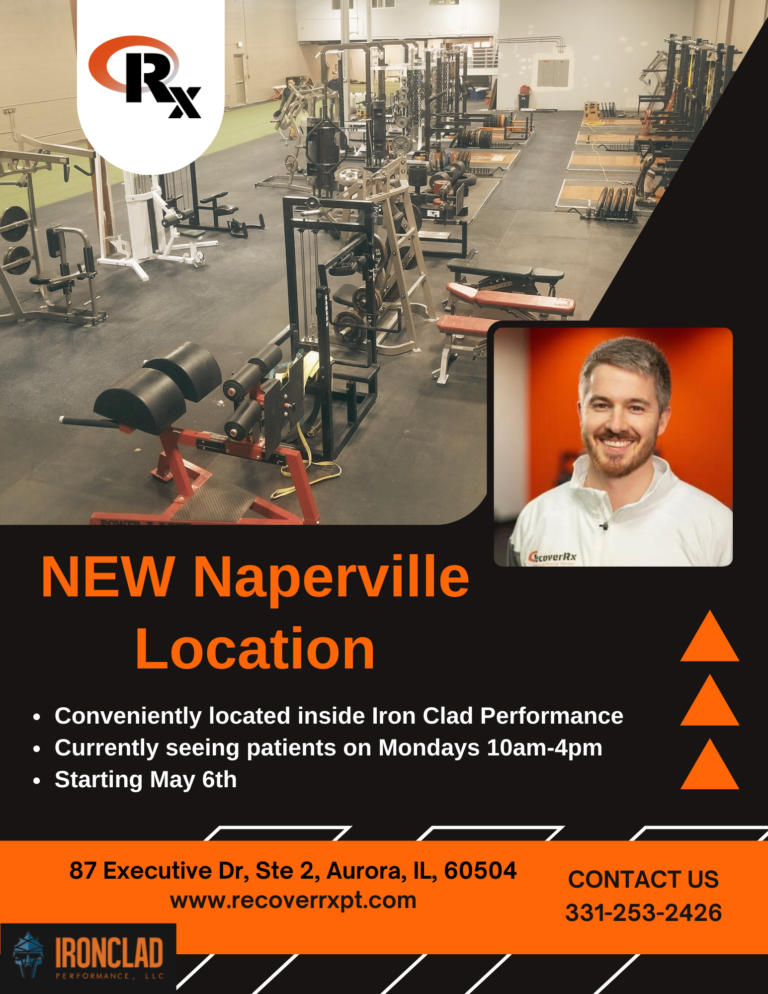Can dry needling help my shoulder injury? Dry Needling can be a very effective treatment strategy for men and women with musculoskeletal pain including rotator cuff injuries with or without tears.
What is Dry Needling?
Dry needling treatment involves insertion of solid (non-hypodermic) needles into the muscle or fascia below the skin. “Dry” refers to the fact that there is no medication in the needle. There has been plenty of research to support dry needling (also known as trigger point dry needling, intramuscular dry needling, and needling) as an effective way for Licensed Practitioners (Physical Therapists, Chiropractors, Physicians, and Acupuncturists) to:
- Decrease pain and sensitivity
- Decrease muscle tension
- Improve range of motion in joints
- Increase strength and force production
- Improve coordination
- Improve pain perception
There has been a historical misconception that dry needling is used only for patients with myofascial trigger points as a way to “release the trigger point.” However, recent evidence is out there to support other neurophysiological mechanisms for pain relief and muscle tension reduction.

In fact, we use Dry Needling in many of our patients as a way to increase muscle activation and biomechanical feedback when attempting to retrain normal movement patterns and increase strength in the injured extremity.
What is the Rotator Cuff and How does it get Injured?
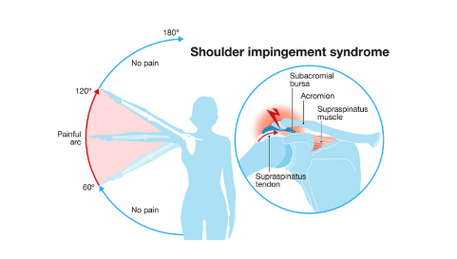
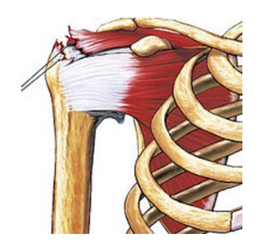
The rotator cuff is a group of 4 muscles (infraspinatus, teres minor, supraspinatus, and subscapularis) that in isolation can perform different movements of the shoulder but in conjunction have the main function of stabilizing the head of the humerus (ball) in the glenoid (socket) to avoid asymmetrical loading on different tissues that help stabilize the shoulder.
Rotator cuff injuries including tears are some of the most common causes of disability across the globe. Rotator cuff injuries can either be traumatic (falls, weightlifting, or throwing) or chronic degeneration (small tears that add up over time). Once the rotator cuff is compromised, the normal biomechanical movement properties of the shoulder are affected and can lead to pain, weakness, and compensatory movement strategies. In many cases, strains and small to medium tears can heal with the right treatment strategies but in some cases, with large tears surgery is warranted. I won’t be covering surgical recovery cases in this article, but will mostly focus on how we utilize Dry Needling in our Rehab for our patients with rotator cuff strains or small to medium tears.
How We Use Dry Needling to Treat Rotator Cuff Injuries
Let’s talk about how we address these injuries in the clinic while utilizing Dry Needling as a therapy. The most important start to our process is to develop an accurate working diagnosis of rotator cuff injury via a comprehensive shoulder evaluation. From there we are able to identify
- Areas of increased muscle tension (trigger points, tightness, increased tone)
- Areas of weakness (which rotator cuff muscle is weak or compromised) and
- Compensatory movement patterns developed because of pain and weakness.
Based on these findings, we are then able to hypothesize that treating the referring hypersensitive trigger point with an intramuscular dry needle will help decrease pain and muscle tension in the area as well as allow for improved neuromuscular activation.
Typically after 1 session of dry needling (this can involve multiple needle insertions to multiple muscles) we do see a very immediate change. With that being said, we typically need multiple sessions over the course of a couple weeks. We like to educate that there will be some soreness in the areas where we see a significant response (known as a muscle twitch response).
What to do After Receiving Dry Neeling
After the dry needling is performed to the identified areas, we can use the rest of the session to focus on 1. Restoring normal range of motion in the shoulder with passive and active stretching 2. Progress to re-education of normal movement patterns with hands-on cueing to avoid compensation patterns.
Once we have decreased the pain, restored ROM, and reestablished normal shoulder movement without compensation, we can progress to different strengthening exercises targeting areas of weakness.
This Strategy Works!
It’s a tried and true strategy that has worked for thousands of patients we have seen for shoulder pain and although every patient is different, we find this system to be very effective in helping patients recover from rotator cuff injuries. Our 3 step process of Recover (from painful limitations), Rebuild (functional movement patterns) and Redefine (future strength and performance) could never be more true for our patients with rotator cuff injuries.
Check out this videos of a Dry Needling Technique: www.youtube.com/shorts/cfXC0UI6xGY. To see even more, subscribe to our YouTube Channel and Follow us on social media @recoverrxpt.
If you would like more information on our approach to treating shoulder pain in addition to rotator cuff injuries, please feel free to reach out to us via email at info@recoverrxpt.com.
Thanks again for checking in and be on the lookout for our next Badass Blog!
Use Every Setback As A Comeback!
-Dr. Luke
Sources:
- Cagnie, B., Dewitte, V., Barbe, T., Timmermans, F., Delrue, N., & Meeus, M. (2013). Physiologic Effects of Dry Needling. Current Pain and Headache Reports, 17(8), 1-8.
- Unverzagt, Casey et al. “DRY NEEDLING FOR MYOFASCIAL TRIGGER POINT PAIN: A CLINICAL COMMENTARY.” International journal of sports physical therapy 10 3 (2015): 402-18 .
- Saylor-Pavkovich, Estee. “STRENGTH EXERCISES COMBINED WITH DRY NEEDLING WITH ELECTRICAL STIMULATION IMPROVE PAIN AND FUNCTION IN PATIENTS WITH CHRONIC ROTATOR CUFF TENDINOPATHY: A RETROSPECTIVE CASE SERIES.” International journal of sports physical therapy 11 3 (2016): 409-22 .
- Biomechanics of Rotator Cuff Tears – Physiopedia

